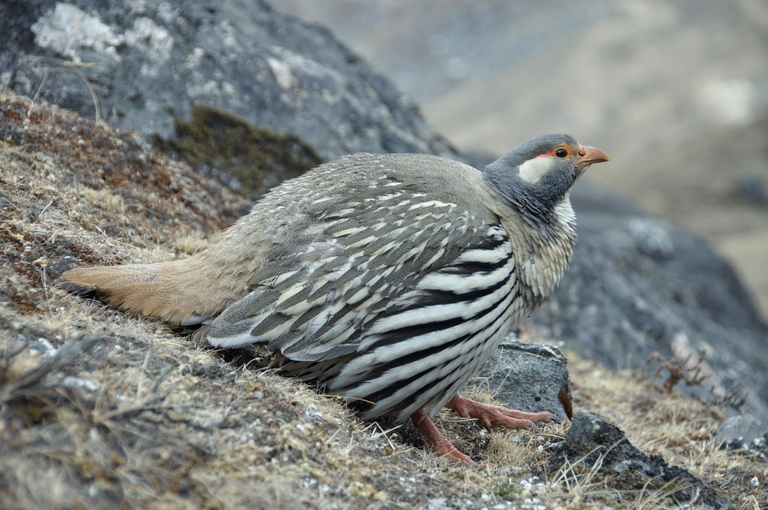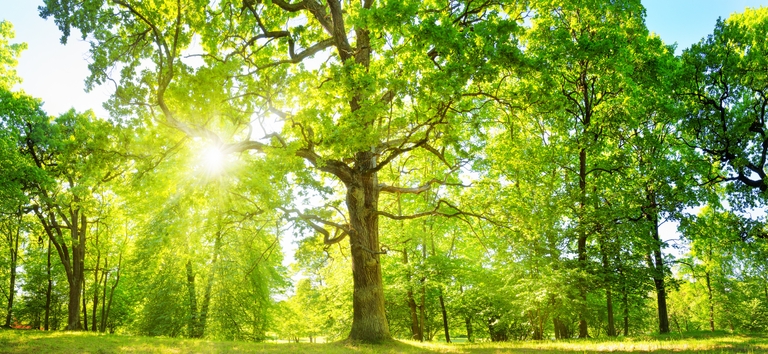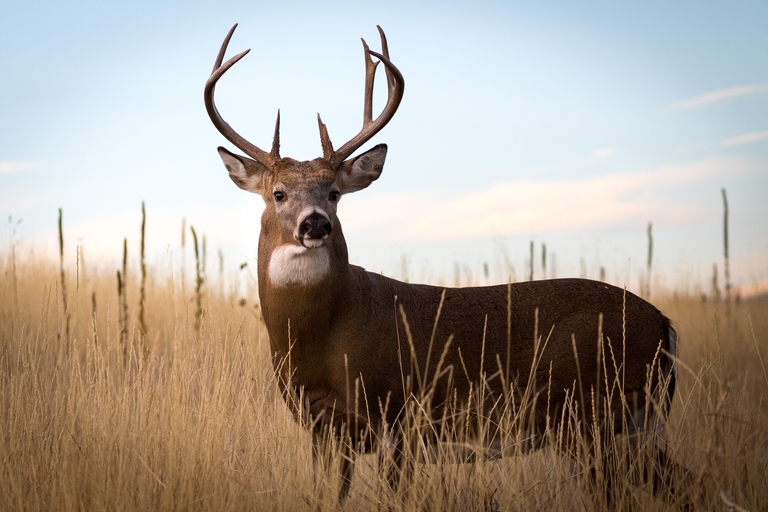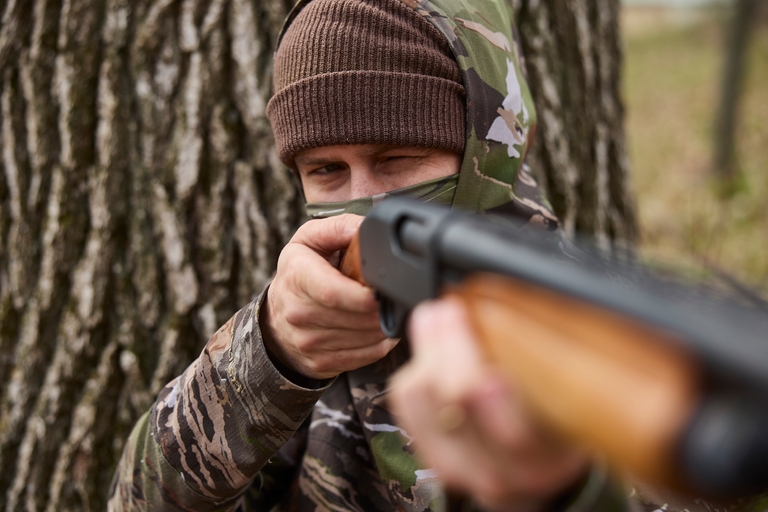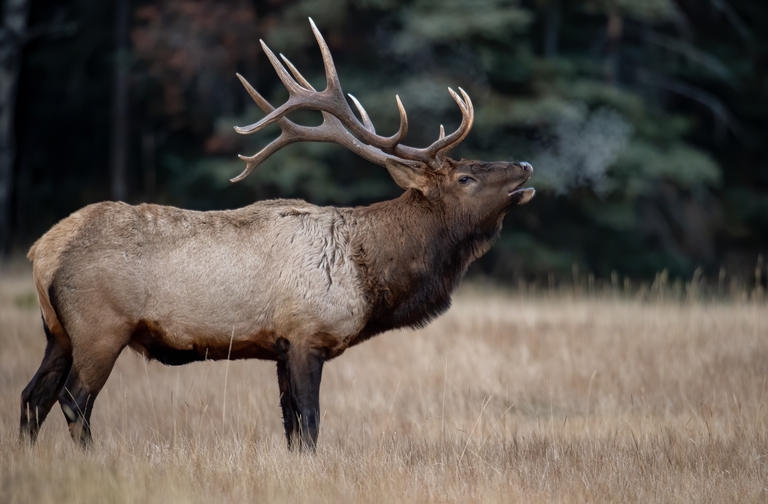How to Prepare Wild Game [A Guide]

You're already putting in the time and effort to hunt, so learning how to prepare wild game is just as important as taking the shot.
Field dressing, skinning, and proper cooking techniques mean the difference between great-tasting meals and wasted meat. The good news? It's not as complicated as it seems once you get some practice.
In this guide, I'll go over how to handle wild game from the moment it hits the ground all the way to the dinner table — step by step.

Field Dressing: The First Step
Field dressing is the first step in preparing wild game in the field, giving yourself the best quality meat and ethically handling the animal to avoid spoilage.
Why It Matters
Once the animal is down, the clock is ticking. Bacteria and heat are the enemy, so you'll need to work quickly.
Field dressing removes the internal organs and starts the cooling process immediately, avoiding potential spoilage and making the meat safe.
How I Approach It
I always use a Morakniv to field dress a deer and a small tarp to lay tools on. I start by laying the animal on its back and carefully cut from the base of the sternum to the pelvis, avoiding puncturing the stomach or intestines. One mistake early on can make the whole process messier than it needs to be, ruining the meat.
After removing the internal organs, I roll the animal to one side to let the cavity drain. If it's warm outside, I'll pack the chest cavity with ice or get the skin off and get the carcass into a cooler as quickly as I can.
The goal is to get the body temp down — fast.
Skinning Basics
For deer, I hang the animal by the hind legs, make a shallow cut around each knee, cut the Y through the midsection, and peel the hide down like a jacket. I've found it easiest to use the weight of the hide and a good grip to pull downwards instead of slicing too much.
There are great videos online for skinning, so make sure you are familiar with the process before you hunt.
Small game like rabbits or squirrels skin quickly by hand once you make a small incision, and birds can often be plucked or breasted out, depending on your preference.

Butchering for the Freezer and Table
Once skinned, break the animal down into manageable parts. I quarter deer out and separate the shoulders, hindquarters, backstraps, and tenderloins. I leave the ribs intact unless I have a plan for them — often, they end up in the grind pile or get smoked whole if they're meaty enough.
You can debone the cuts from your quarters or leave them bone-in. Which one you choose is mostly a matter of preference.
Keep your work area clean and your tools sharp, and try not to dull your knife against the bones. Putting the meat in the fridge to cool between cuts is a good idea.

Cooking Wild Game: Techniques and Tips
Wild game is different than store-bought meat. Wild animals use their muscles more and eat natural forage, which gives the meat a deeper flavor — but can also mean it's leaner and tougher in some cuts.
Match the Cut to the Method
For tougher cuts, like some shoulder cuts or shanks, I use low and slow methods — braising, slow cooking, or stews. These break down connective tissue and bring out rich, hearty flavor.
Tender cuts like backstraps or loins are great for pan-searing, grilling, or even roasting — just be careful not to overcook them.
Internal Temps Matter
Make 100% sure you cook wild game to safe internal temps.
- Venison should hit 130°-135°F for medium rare.
- For most small game, aim for 160°F to stay on the safe side.
- Duck is more like venison and should hit 135°F.
Always use an instant-read or meat thermometer—it removes all the guesswork.
Flavor Tips and Personal Preferences
Wild game has its own character, but as every wild game cook knows, the right marinade can really carry the day. Aim for 2-4 hours in the marinade, in my experience.
I like using a citrus-based marinade for venison. The acidity helps tenderize the meat and balances the taste. I soak just about everything else in buttermilk for a couple of hours — especially turkey.
You can also brine tougher cuts or try spice rubs before cooking. Just be sure to let the natural flavor of the meat come through.
Popular Wild Game Recipes
When I first learned how to prepare wild game to cook, I discovered a ton of creative methods, but a couple of simple favorites stand out.
If you're working with venison, try backstrap medallions wrapped in bacon and pan-fried or grilled to medium rare. A buttermilk-soaked breast dredged in well-seasoned flour and either deep or pan-fried is tough to beat for wild turkey.
My rabbit gets soaked in buttermilk and cooked in stews. Brown the meat and simmer it in broth with onions, carrots, and potatoes until it falls off the bone. Squirrel is excellent with a quick pressure cook and then dredged and fried.

Storing and Preserving Wild Game
You've done all the hard work in the field and the kitchen — now make sure it lasts.
Freezing the Right Way
Vacuum sealing is my home go-to for freezing wild game. It's easy, clean, and fast.
Label your packages with the type of meat and the date; they will last 12 months, easy. If you don't have a vacuum sealer, wrap the meat tightly in plastic wrap and then double-wrap it in freezer paper to reduce freezer burn.
We do the plastic then double freezer wrap method at my hunt camp as part of how we go about dressing and preparing wild game, and the meat always lasts until the following season.
Jerky, Sausage, and Canning
Making snack sticks, jerky, or sausage is a great way to preserve extra meat and gives you easy grab-and-go snacks. Just make sure you follow safe curing and drying guidelines.
For some hunters, canning can be a great option — especially if freezer space is tight.

Learn How to Prepare Wild Game to Enjoy Your Harvest
Learning how to prepare wild game is about more than getting a good meal — it's about respecting the animal and becoming a well-rounded hunter. From field dressing an animal to the final bite, each step of the process matters.
In addition to learning the right ways to prepare your harvest, it's important to know how to stay safe in the field. If you're new to hunting or want to sharpen your skills, we recommend taking an online hunter safety course through Hunter-Ed.
You'll hunt with more confidence and become a safer, ethical hunter. Plus, passing the course and exam counts toward your state's hunter education requirements!
Stay safe and enjoy plenty of wild game this season!
Take the Hunter-Ed course for your state and learn safety essentials for every hunt.

